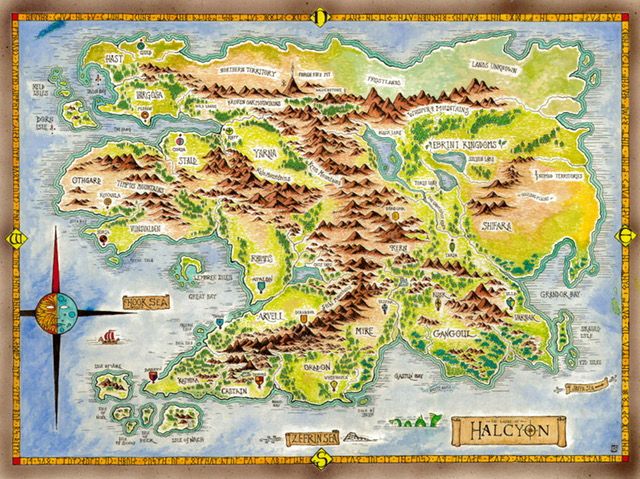Adventurers get most of their experience
points by killing monsters.
An orc is worth 100 XP. A drider is worth
2,300. An adult black dragon is worth a whopping 11,500.
But all the other stuff adventurers do -
tracking down NPCs, recovering treasures, exploring dungeons, roleplaying their
characters - are generally not counted whether you’re playing Dungeons &
Dragons or Pathfinder.
But we have some ideas.
Instead of resting all the weight of the game
on taking down monsters and dungeon bosses, you can also award XP for a variety
of other happenings in your game.
The idea is to reward players for more than
simply rushing into combat with swords drawn and intent to kill. Perhaps
they’ll try a few new things if you reward them for it.
Completing quests. Other editions of D&D
often provided XP totals for accomplishing quests set forth by knights, nobles,
shopkeepers and anyone asking for help from a band of worthy adventurers. Maybe
it’s time to bring that idea back to 5th edition.
Finding magic items. We’re not talking about
finding that +1 longsword in a dungeon. But when you find a magic item of
significance (a long-lost magic orb sought by a king, magic stones worshipped
by a group of natives or a magic dagger that’s also being sought by a cult of assassins),
it can be quite an accomplishment.
Claiming treasure. When a particularly large
cache of gold, gems or weapons is discovered, you could sprinkle in a little
XP.
Exploring dungeons. In addition to the XP
earned by slaying monsters in a ruined castle, underground dungeon or cultist
temple, throw some extra XP just for having cleared the place out. It’s a feat
all its own.
Meeting with NPCs. Interactions with the
characters of your campaign world should be a bigger deal. You can make it that
way by awarding some XP when adventurers turn an NPC into an ally, rescuing
them from harm or denying an opposing NPC an asset or benefit.
Solving puzzles. Working through a complex
dungeon puzzle is a lot harder than swinging your greataxe.
Good roleplaying. If you’re playing 5th
edition, you’re supposed to award inspiration for good roleplaying. But
dropping a little XP whenever someone performs particularly well in-character
will also encourage plenty of RP at the table.
Avoiding combat. If you were going to award XP
for a combat encounter, consider awarding the same amount of XP if the party
avoids the fight through negotiation, stealth or intimidation.
 |
| Illustration by Yngvar Apslund |
Individual achievements. Typically, you’ll
reward XP to the whole party whether they finish an encounter or accomplish any
of the tasks above. But when a thief picks a particularly hard lock, the druid
manages to forage some food in the forest or the bard plays a song to soothe an
angry mob, drop them some individual XP.
Completing a chase. Running through the
streets to catch a bad guy is a blast. It’s also hard to do successfully with
all the possible things that could get in your way. If you do indeed get the
bad guy, you should get some experience for that, too.
Doing something cool. This isn’t so specific.
But sometimes players think outside of the box and do some wild stuff,
thwarting enemies and destroying traps in ways you wouldn’t normally think.
There’s also the occasion where a player makes a risky move in combat that pays
off or scores a critical hit in just the right moment.
 |
| Fantasy-Art-Adrian-Majkrzak-Mountain-Bash |








































